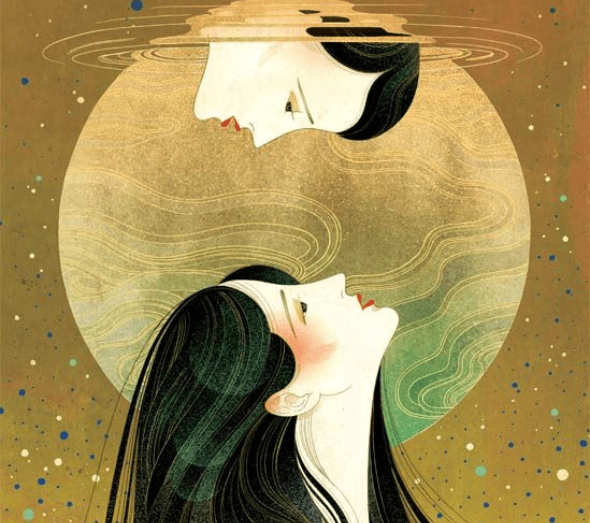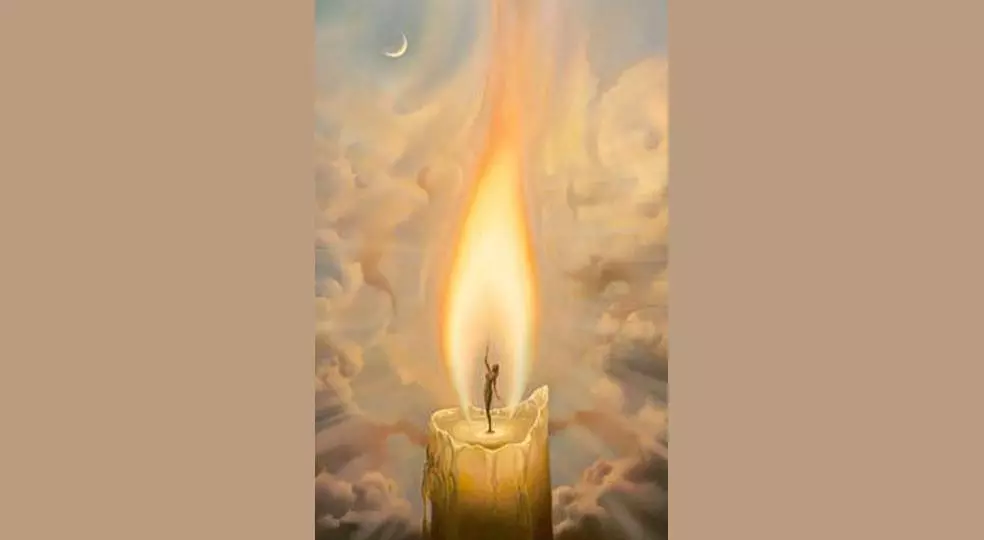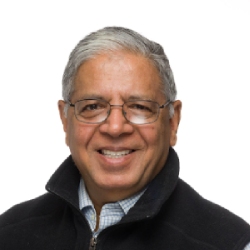In August, Taoists and Buddhists celebrate the Ghost Festival in China, as an occasion on which the dead come to dwell among the living, who in turn provide these departed spirits with offerings and other rituals designed to alleviate any suffering they might experience in the afterlife. In Japan, a variation of this festival, known as Obon, will be held between Saturda August 13 and Monday August 15.
The question of what happens after death has eternally confounded mankind. All religions have been forced to address this big existential question. The commonality in all is the belief that what happens after death in some way impacts how we live our present earthly lives. While death is inevitable, yet most people live their lives as if it will never happen.
The Abrahamic religions of Judaism, Christianity, and Islam basically believe that we have one life on earth, after which there is an eternal afterlife. According to these faiths, those who are righteous in life will be resurrected after death. In all three traditions, it is believed that the soul continues after death, but there is a foretold future Judgment Day. On this day, the souls of the dead will be judged according to their deeds in life.
In the religions of India, like Hinduism and Buddhism, the specific concepts and narratives differ quite a bit, but the overall message and implications are actually quite similar. Hindus, for instance, speak of a soul that never dies, which is reminiscent of the enduring quality of the soul in the Abrahamic traditions. Hindus, Buddhists, Jains, and Sikhs all believe in reincarnation — meaning that we live many lives on earth, and therefore experience many deaths and rebirths in a cycle known as samsara. The long-term goal is to escape samsara so that our souls no longer return to earth, while the short-term goal is simply to achieve more meritorious births while we remain in samsara. And the way this is done is — as with the Abrahamic traditions — by doing good deeds while on earth.
Ancient Egyptians believed in gods depicted as mythical animals, some of whom had important roles in the afterlife. Anubis, a god with the head of a jackal or wolf, would judge dead souls by weighing their hearts to determine whether they lived righteously or not. If they did, they would be guided to the afterlife, but if not their hearts would be eaten by Ammit, the god with a crocodile head, thus denying them of an afterlife. And so the element of judgment in the afterlife existed even before the Abrahamic traditions, marking an important commonality that spans across religions both ancient and modern.

The ancient Greeks, who had a great deal of interaction and cultural exchange with both ancient Egyptians and ancient Hindu civilizations, share these conceptions of the afterlife. They believed in a mythical guide figure: Charon, the ferryman who would row the souls of the dead across the mythical river Styx to lead them to their afterlife in the underworld.
Hindus also associate the guidance of souls with a river, although in this case it is a river on Earth, rather than in the mythical underworld. Hindus believe that cremating dead bodies by the river Ganges can help to free souls from samsara, and in any case it is a symbolic action that nicely corresponds with Hindu doctrines of the soul (atman) as arising out of and merging back into a state of Oneness (Brahman), which is often compared to an ocean or other body of water.
In all of these narratives, the general meaning being expressed is that death is not the final state of a person. It is not the end of a soul’s journey, but rather the beginning of a new phase of the journey.
This brings us to one of the most universal dimensions of the afterlife, which is the disposal of dead bodies. Countless civilizations, cultures, and religions have come and gone throughout human history, but all have taken seriously the matter of what to do with dead bodies, which means that there is something beyond.
The prospect of simply disappearing from existence at death is an unbearable thought for many. We have a shared human yearning to continue existing in some form after we die. Each religion offers a different description of what a human afterlife might look like, as well as the mechanisms behind the transition from one life to the next.
Ultimately, no religion can claim to know the truth of the human afterlife with any certainty. But the way we remember and honor the dead in our lives gives us hope that we too will not be completely forgotten when we are gone.
Christianity
“For as in Adam all die, so in Christ all will be made alive.”
— The New Testament (1 Corinthians 15:22), Christian text
“I am the resurrection and the life. The one who believes in me will live, even though they die.” (John 11:25)
— The New Testament (John 11:25), Christian text
Islam
“Every soul will taste death, and you will only be given your [full] compensation on the Day of Resurrection. So he who is drawn away from the Fire and admitted to Paradise has attained [his desire].”
— The Qur’an (3:185), Islamic text
“Do not say that those who are killed in God’s cause are dead; they are alive, though you do not realize it.”
— The Qur’an (2:154), Islamic text
Judaism
“A raven whose companion had just died said: I will teach Adam what to do. The raven took his dead companion, dug up the earth before the eyes of Adam and his mate, and buried him in it. Adam said: We will do as the raven. At once he took Abel’s corpse and buried it in the ground.”
— Sefer Ha-Aggadah, collection of Jewish writings
Baha’i
“As at the time of death, the real and eternal self of man, his soul, abandons its physical garment to soar in the realms of God, we may compare the body to a vehicle which has been used for the journey through earthly life and no longer needed once the destination has been reached.”
— Universal House of Justice, Baha’i governing body
Hinduism
“Those who remember me at the time of death will come to me. Do not doubt this. Whatever occupies the mind at the time of death determines the destination of the dying; always they will tend toward that state of being.”
— The Bhagavad Gita (8:5–6), Hindu text
Buddhism
“This, even now during this lifetime, every moment we are born and die, but we continue. If we can understand that in this life we can continue without a permanent, unchanging substance like Self or Soul, why can’t we understand that those forces themselves can continue without a Self or a Soul behind them after the non-functioning of the body?”
― The Buddha
“You are living in this world as one individual, but before you take the form of a human being, you are already there, always there. We are always here. Do you understand? You think before you were born you were not here. But how is it possible for you to appear in this world, when there is no you? Because you are already there, you can appear in the world. Also, it is not possible for something to vanish which does not exist. Because something is there, something can vanish. You may think that when you die, you disappear, you no longer exist. But even though you vanish, something which is existent cannot be non-existent. That is the magic.”
— Shunryu Suzuki, Zen Buddhist monk and teacher
Daoism
“We can point to the wood that has burned, but when the fire has passed on, we cannot know where it has gone.”
— The Book of Chuang Tzu, Daoist text

“When she first died, I certainly mourned just like everyone else! However, I then thought back to her birth and to the very roots of her being, before she was born. Indeed, not just before she was born but before the time when her body was created. Not just before her body was created but before the very origin of her life’s breath. Out of all this, through the wonderful mystery of change she was given her life’s breath. Her life’s breath wrought a transformation and she had a body. Her body wrought a transformation and she was born. Now there is yet another transformation and she is dead. She is like the four seasons in the way that spring, summer, autumn, and winter follow each other. She is now at peace, lying in her chamber, but if I were to sob and cry it would certainly appear that I could not comprehend the ways of destiny.”
— The Book of Chuang Tzu, Daoist text
Confucianism
“It was common in Han tombs to paint images of either the occupants travelling to paradise or to another world in the after-life, and the travel was often done on a mythical animal. Sometimes there is also a figure that guides one to the next life.”
— Ruth H. Chang, scholar of East Asian religions


